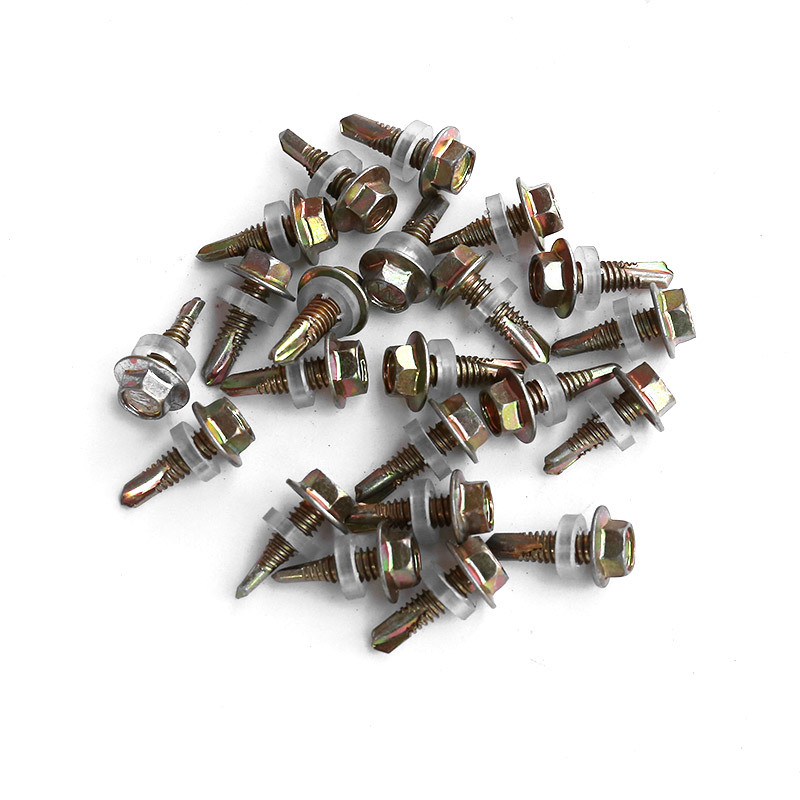

astm a36 bolt
ธ.ค. . 31, 2024 08:37 Back to list
astm a36 bolt
Understanding ASTM A36 Bolts Specifications and Applications
ASTM A36 is a widely recognized standard in the realm of structural steel, primarily used due to its favorable mechanical properties and the versatility it offers. This standard specifically outlines the specification for carbon steel plates, but its implications extend beyond just plate steel. Among its various applications, ASTM A36 bolts hold significant importance in construction and manufacturing industries. In this article, we will explore the features, specifications, and applications of ASTM A36 bolts, providing a comprehensive overview for engineers, architects, and industry professionals.
What is ASTM A36?
ASTM A36 is a standard specification established by the American Society for Testing and Materials (ASTM) that delineates the requirements for carbon structural steel. This standard is particularly valued for its excellent weldability, machinability, and the ability to be heat-treated for enhanced mechanical properties. The chemical composition of A36 steel typically includes carbon (up to 0.26%), manganese (0.60% - 0.90%), phosphorous (maximum 0.04%), and sulfur (maximum 0.05%), allowing it to achieve a minimum yield strength of 36,000 psi.
Specifications of ASTM A36 Bolts
When discussing ASTM A36 bolts, we refer to fasteners made from steel that meets the ASTM A36 specification. The production of these bolts involves processes such as hot rolling, forging, and cold forming, which ensure the mechanical properties align with ASTM standards.
Mechanical Properties ASTM A36 bolts exhibit good tensile properties, with yield strength around 36,000 psi and tensile strength ranging between 58,000 and 80,000 psi. The elongation percentage usually falls between 20% and 21%, depending on thickness, which indicates good ductility.
Dimensional Standards The dimensional standards of A36 bolts align with the requirements established in the Industrial Fasteners Institute (IFI) and the American National Standards Institute (ANSI). Common dimensions include various head styles, shank lengths, and diameters, making A36 bolts suitable for numerous applications.
Coatings and Finishes To enhance the corrosion resistance of ASTM A36 bolts, several surface finishes are available, including hot-dip galvanizing, zinc plating, and coating with other protective materials. These finishes play a critical role in extending the lifespan of bolts, particularly in outdoor and harsh environments.
astm a36 bolt

Applications of ASTM A36 Bolts
ASTM A36 bolts find extensive use across various industries due to their versatile properties. Some of the primary applications include
1. Construction In structural applications, A36 bolts are commonly used in building frames, bridges, and other infrastructures. Their strength and ductility are essential for supporting heavy loads and withstanding environmental stresses.
2. Manufacturing Many manufacturing sectors utilize ASTM A36 bolts in machinery and equipment assembly. They are used in automotive, agricultural, and heavy machinery applications.
3. Fabrication Whether in the production of steel structures or machinery, the fabrication industry relies heavily on A36 bolts. They are crucial in connecting plates, beams, and other steel components.
4. Marine Applications Due to various coatings available, A36 bolts can serve well in marine environments where exposure to moisture and salt can lead to corrosion.
Conclusion
ASTM A36 bolts embody the characteristics of strength, flexibility, and durability that are imperative in modern engineering applications. As construction and industrial needs evolve, the importance of reliable fastening solutions like A36 bolts remains unchallenged. By understanding the specifications, properties, and diverse applications of these bolts, industry professionals can ensure they select the right materials for their projects, safeguarding structural integrity and promoting longevity in their constructions. With ongoing advancements in metalworking and treatment processes, the future looks promising for ASTM A36 and its role in the fastener market.
Latest news
-
Hot Dip Galvanized Bolts-About LongZe|High Strength, Corrosion Resistance
NewsJul.30,2025
-
High-Strength Hot Dip Galvanized Bolts - Hebei Longze | Corrosion Resistance, Customization
NewsJul.30,2025
-
Hot Dip Galvanized Bolts-Hebei Longze|Corrosion Resistance&High Strength
NewsJul.30,2025
-
High-Strength Hot-Dip Galvanized Bolts-Hebei Longze|Corrosion Resistance&High Strength
NewsJul.30,2025
-
Hot Dip Galvanized Bolts-Hebei Longze|Corrosion Resistance&High Strength
NewsJul.30,2025
-
Hot Dip Galvanized Bolts - Hebei Longze | Corrosion Resistance, High Strength
NewsJul.30,2025

